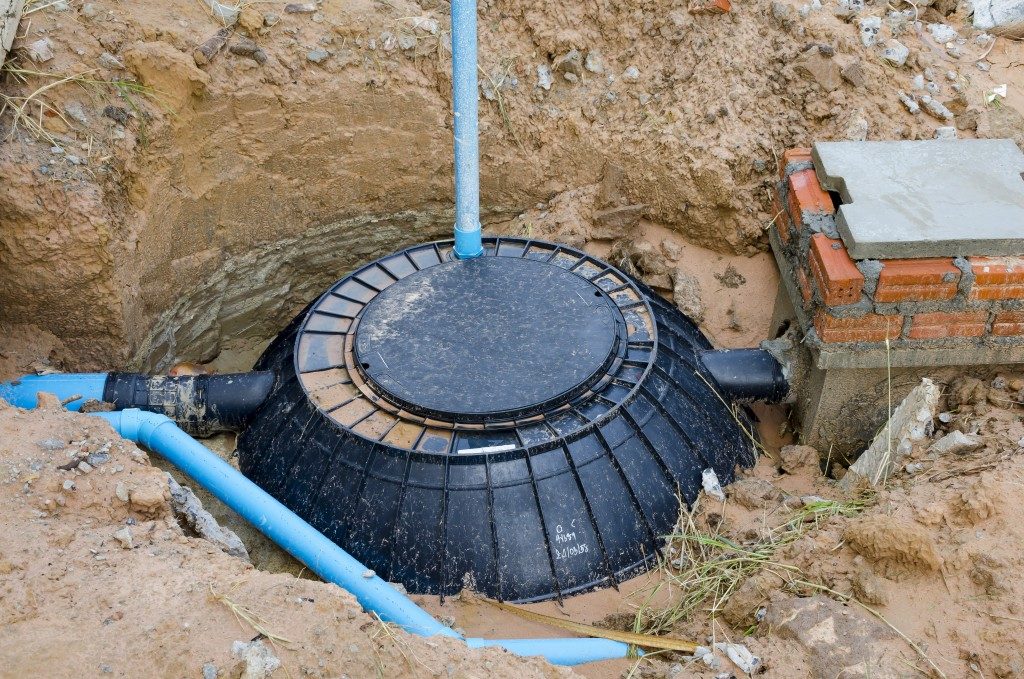All sewage systems have similar processes, but many structures and homes in the country rely on the septic tank. The septic tank collects wastewater from a house or any establishment. Often the septic tank must be built with adequate space between the structure and soil. Proper construction could help the septic tank last for many years.
But septic tanks can be affected by environmental conditions, especially during the winter. But many people do not know how to maintain their sewage system, especially the septic tank. It is when winter arrives, and a septic tank’s components start to freeze that homeowners realize this.
Why Did It Freeze?
If your septic tank system freezes in winter, you need to find the root cause. Only then can determine whether to alter the design of the system or repair the affected component to prevent future problems. The process you follow will depend on several factors, including the location of the freezing and the type of system. Common reasons include inadequate plant cover, poorly constructed pipes, entry of cold air into the system, the presence of compact soil, compact snow or absence of snow cover altogether.
Commonly Affected Areas
Freezing can occur anywhere in your sewer system. There are four possible locations:
- The pipework between the household and the septic tank
- The area between the septic tank and the pump tank
- The soil treatment location
- The area covered by the soil treatment pipework.
A frozen component in a septic tank could affect bacteria growth in the septic tank; this could lead to waste that is not broken down. This could lead to toxin buildup that could destroy anaerobic bacteria that breaks down waste. The build-up of household cleaners could also turn to sludge and solid waste in the system. This build-up could freeze and block your sewage system.
Solutions and Prevention

First, the sewage system experts will determine if any of the home fixtures are leaking and fix them. Then, they will measure the slope of the pipework- any sag in the pipes can cause the water to drain back instead of going into the tank.
If the issue is in the pump tank or the septic tank itself, there is a possibility of damage to baffles or pump floats. These too can be repaired, and the system will go back to normal. They will also check if the issue is probably a check valve problem. If the soil treatment is the problem, they might recommend adding topsoil or a complete rework of the insulating soil cover or blanket is possible.
The cold months can give your sewage system a severe problem, especially when you have a septic tank. You need to make sure that your sewage system is adequately maintained and that you have proper soil coverage to prevent the cold from entering the system.
Don’t wait for the winter to pump your septic tank. It’s best to maintain your sewage system during the summer, so you have enough time to fix any problems. If you find that the components are already frozen, you should call an expert to thaw the system out. They will give you the best solution and prevent future problems, so you won’t have to deal with a blocked and leaky sewage system.
